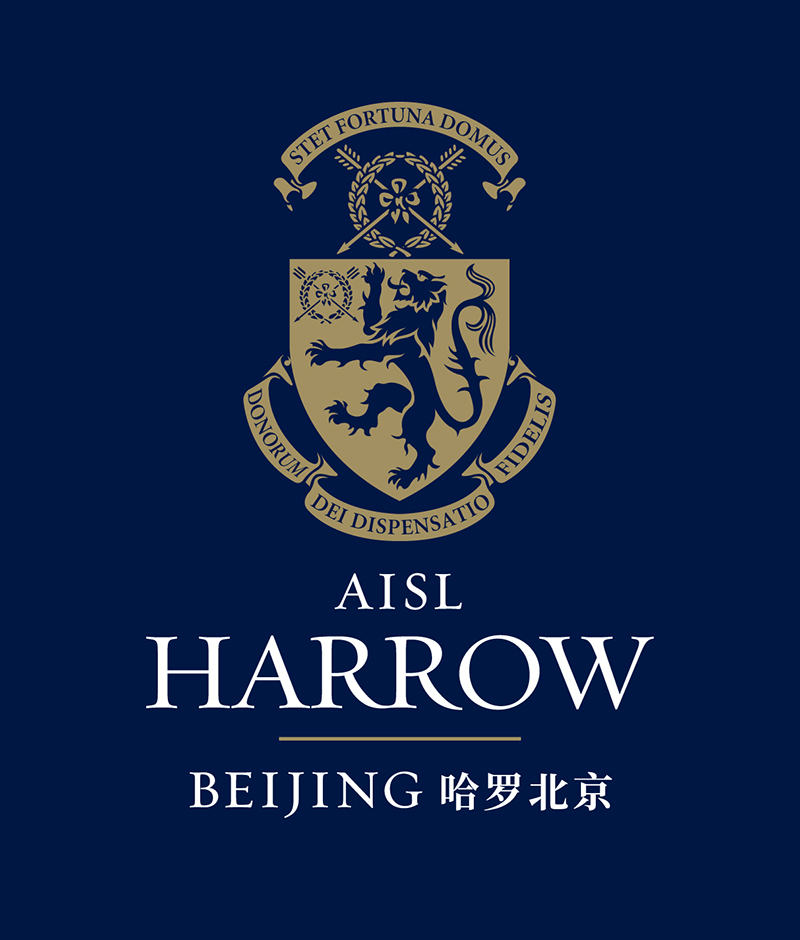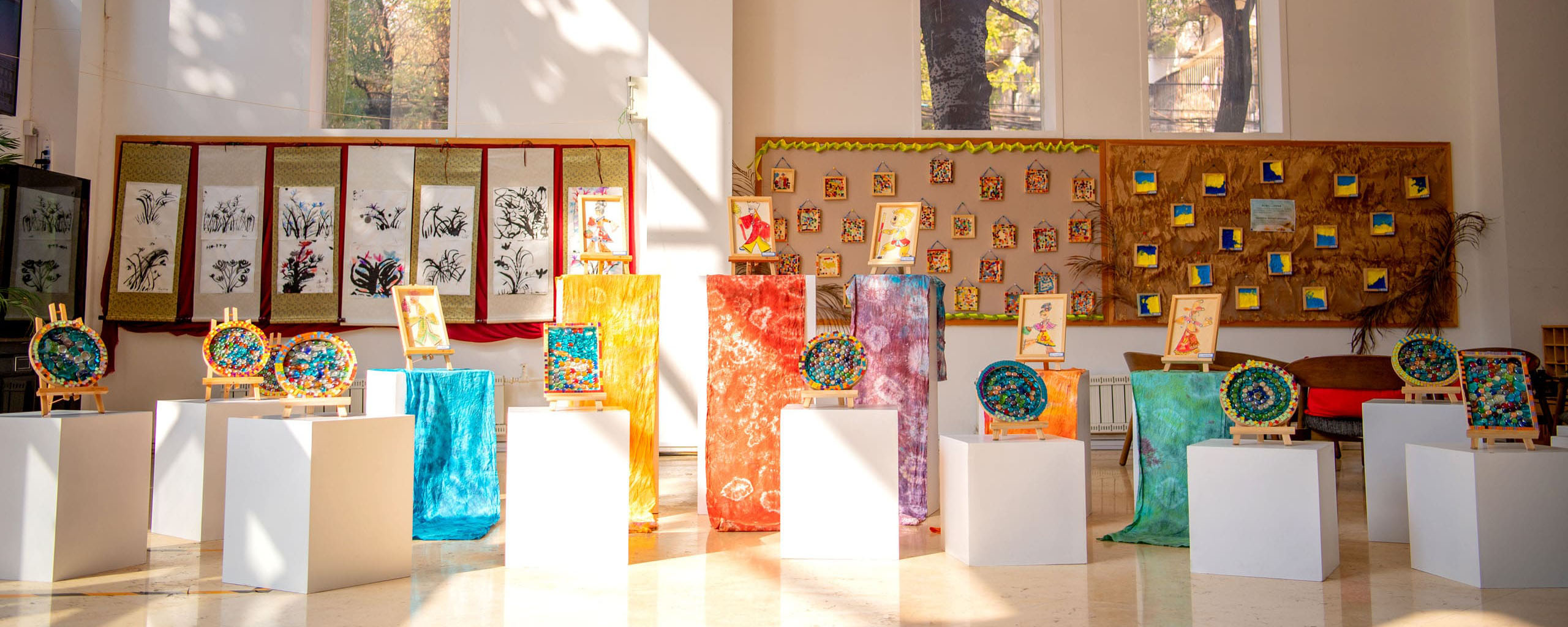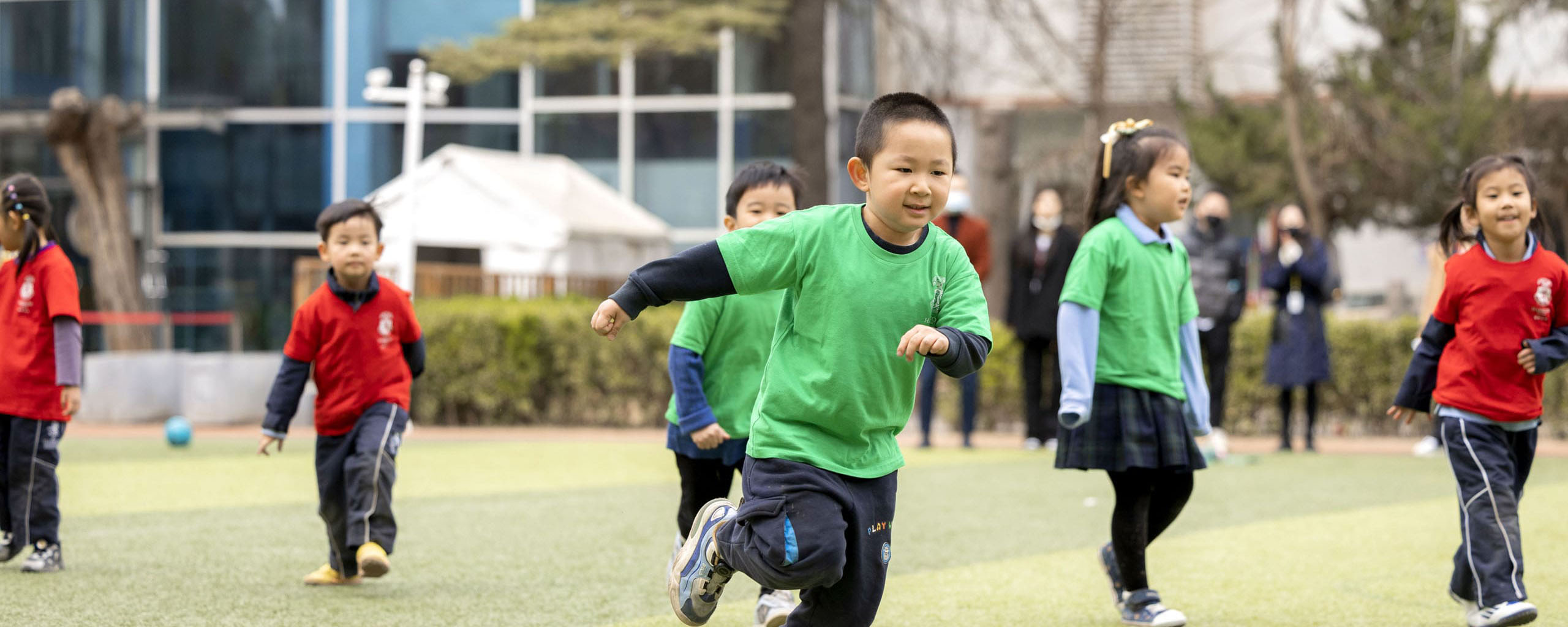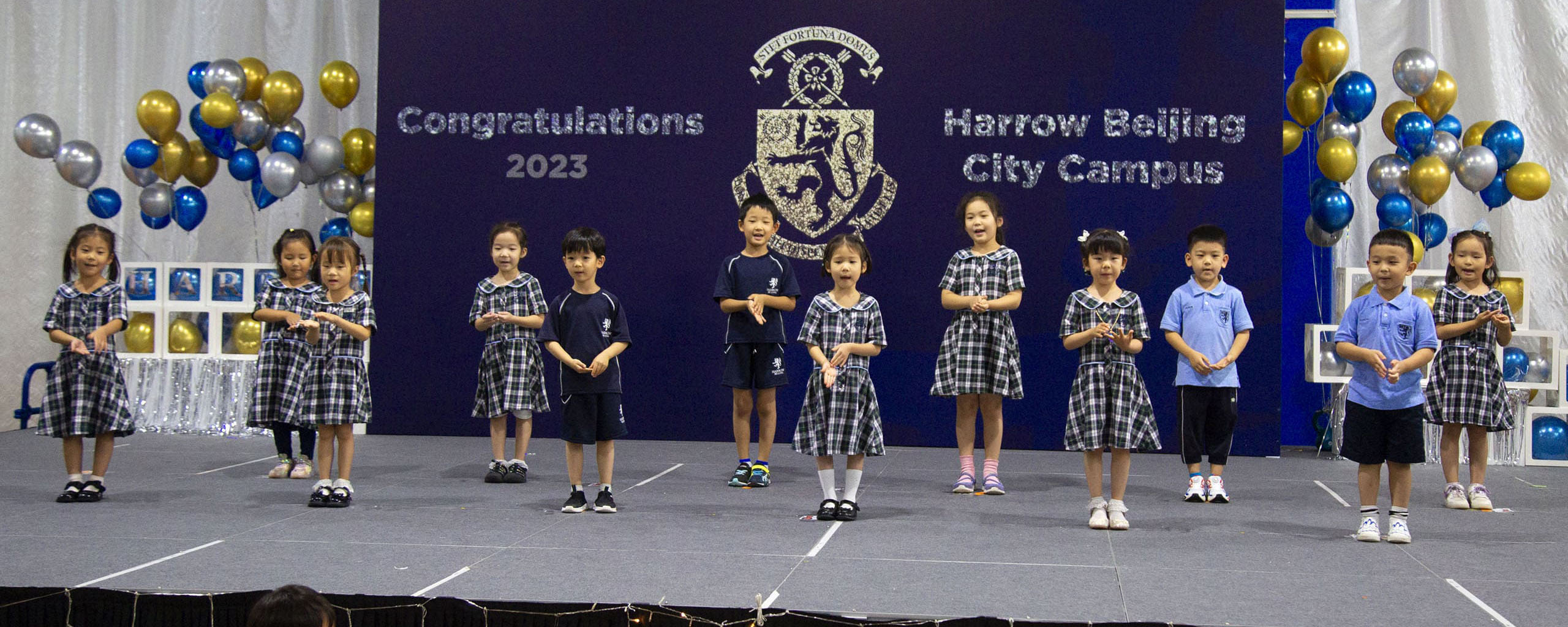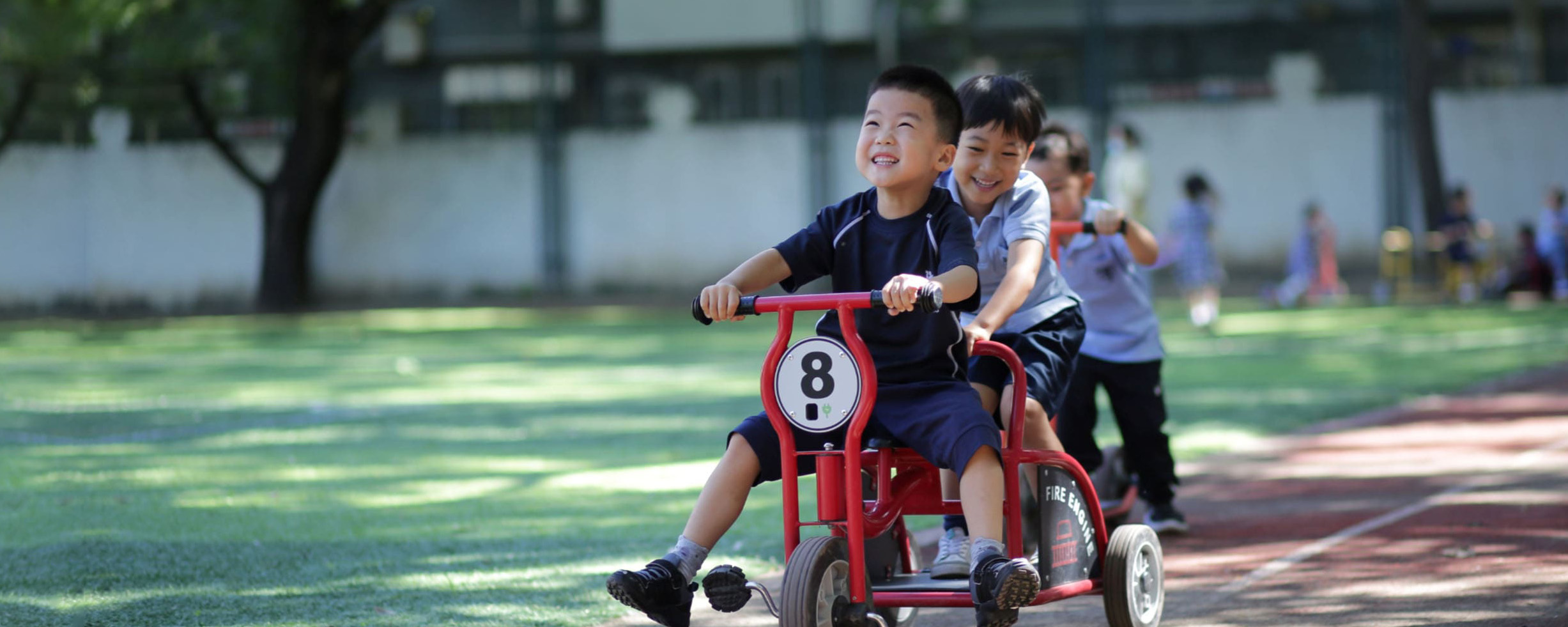Project Based Learning
Harrow LLC curriculum is full of ambition and challenge, embodies excellence and values elements, has a forward-looking and progressive whole-person education curriculum. Harrow LLC curriculum is committed to developing students with diverse backgrounds and potential to equip them for lifelong learning and leadership. How to practice the values of “courage, humility, fellowship, honor”, cultivate the five qualities of learners, and the ten learning areas are organically combined to form a set of natural, open, exploratory, teachers and students respect each other’s learning methods.
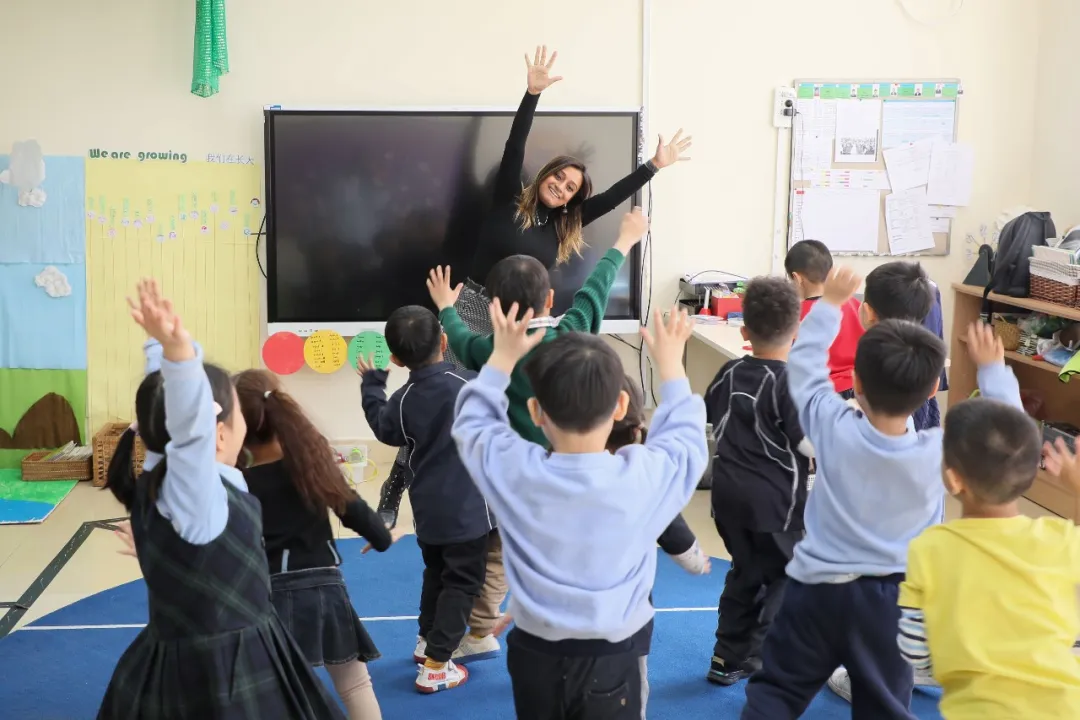
Project Based Learning
At Harrow Beijing City Campus, we firmly believe that the curriculum design and content of whole-person education requires the most appropriate pedagogy to implement it. Project-based learning focuses on practicality, cross-domain learning, autonomy, cooperation and real-time, which can stimulate children’s interdisciplinary thinking and ability, creative problem-solving ability, independent thinking ability and teamwork ability in deep learning. According to the characteristics of children, Harrow Beijing City Campus adopts project-based learning. Let children start their whole person education at the kindergarten stage.
How to implement project-based learning? What lies in front of teachers is how to achieve multi-disciplinary linkage. Our Chinese teachers (Chinese, art, tree house, tea room, library teachers) teach and research twice a week, discuss the observation records on Monday, and prepare the activities for the next week on Thursday based on the situation of children in different grades and classes. The division of labor among several teachers is based on the needs of the project and their own professional expertise, and they share different tasks and responsibilities in the project to ensure the smooth progress of teaching activities. Make detailed project plans together, including project content, time arrangement, resource preparation, evaluation methods, etc., to ensure the orderly implementation of teaching activities. Teachers share teaching resources and experience, support and help each other to improve teaching results. During the implementation of the project, teachers regularly and irregularly held team discussions to share teaching experience, summarize teaching effects, solve problems, and constantly optimize and improve the teaching plan. Teachers regularly evaluate and give feedback on the project, understand the progress of the project, find problems and adjust teaching strategies in time to ensure the smooth implementation of the project and the achievement of teaching objectives. A close team of teachers is one of the important factors for the success of project-based learning. The organic combination of different teaching activities can allow children to convert experience into experience, and then apply experience to real life.
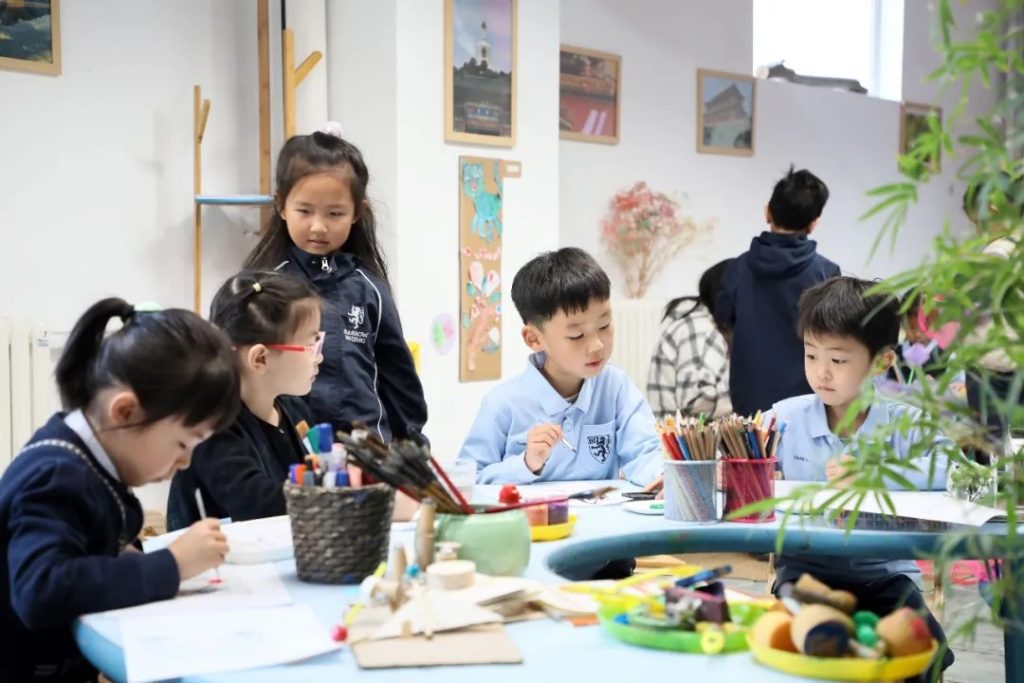
Cultural Inheritance and International Thinking
Culture can be regarded as one of the foundations of social and individual behavior. It includes language, art, customs, technology, etc., and is very diverse. Culture influences our values, the way we behave and the way we interact with the environment around us. Culture shapes our identity and influences the way we think and live. Starting from the learning field of cultural inheritance and international thinking, the kindergarten carries out project-based teaching around this field, which can fully cover the learning of other nine major fields, so that whole-person education can naturally occur, blossom and bear fruit.
In the 2023 school year, teachers will continue to explore the material and intangible culture of China with the children on the basis of the project-based learning areas set. In this process, teachers are listeners, observers and supporters. They listen to the child’s voice, discover the child’s interest points, and then discuss and determine the specific project theme, content and goals. Children participate in the whole process of discussion and formulation of specific implementation plans, and freely and equally put forward their own ideas and suggestions. This approach allows the child to maintain enthusiasm and initiative during the learning process, while ensuring the relevance and learning effect of subsequent projects.
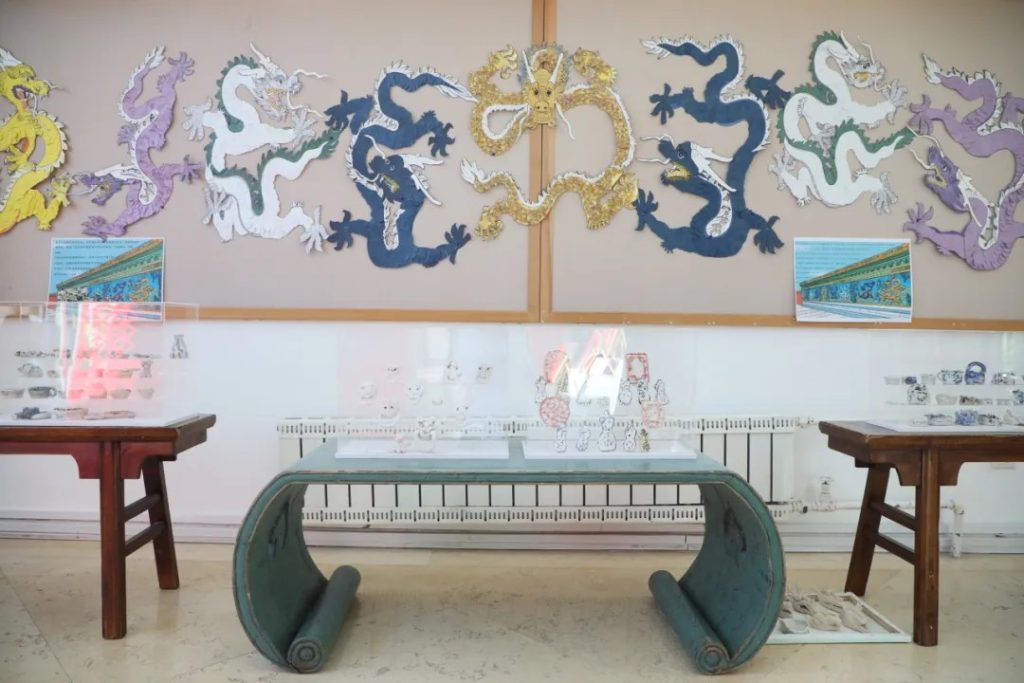
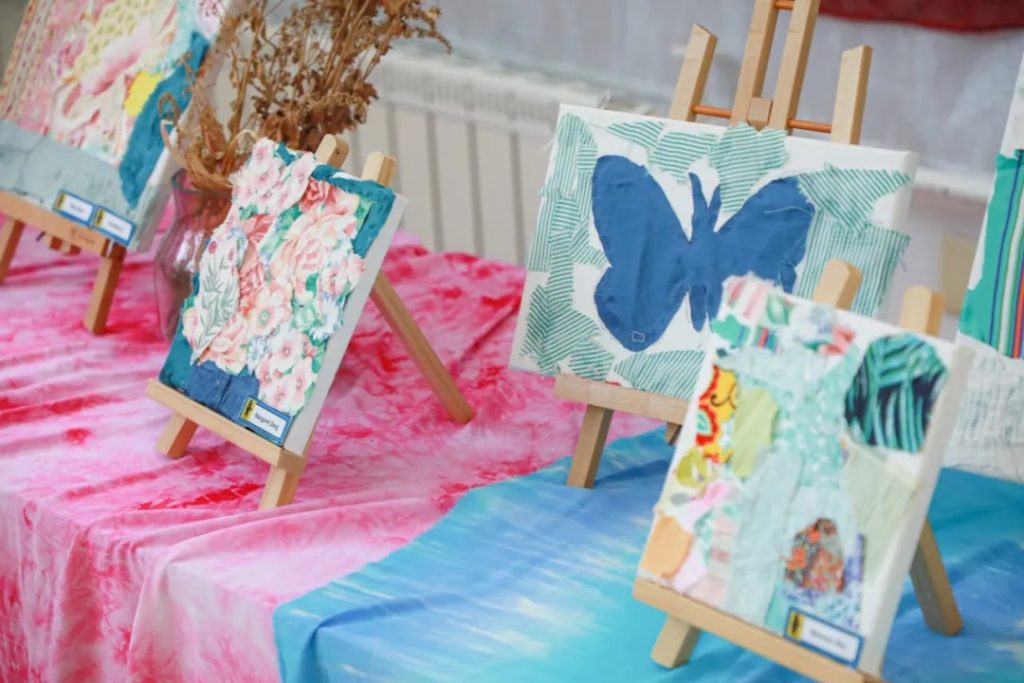
Topic Learning:
The Spring Equinox
In addition to the continuous exploration of Chinese material culture, the children also recently conducted a topic course on the 24 solar terms. The spring equinox is here. It’s time to study.” The fourth day of the early spring, the middle of the spring.” The spring Equinox is the most beautiful time of the year. The water is rippling, the spring breeze is full of sleeves, and the sun is shining. We invites all big friends and children to join us on the Harrow Equinox – the train to Spring!
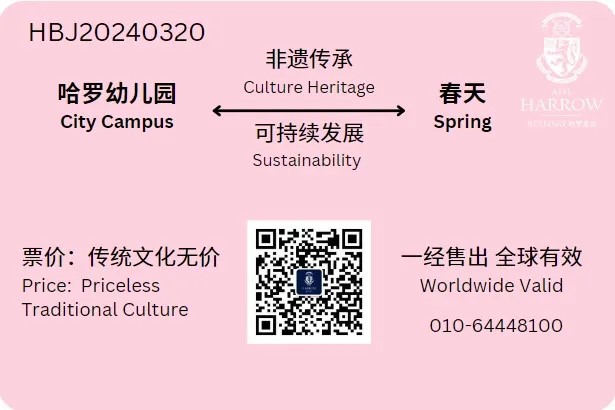
Understand Spring Equinox
Unconsciously, we have ushered in the fourth solar term of the twenty-four solar terms: the Spring Equinox. The Spring Equinox is an important time for farming, as farmers begin a new round of cultivation. During the Spring Equinox, there are “three solar terms”. “Xuan Niao arrives,” indicating the warming of the earth as swallows return from the south, “thunder begins to sound,” with thunderstorms signaling the arrival of spring, and “the beginning of lightning,” with spring rain accompanied by lightning and thunder.
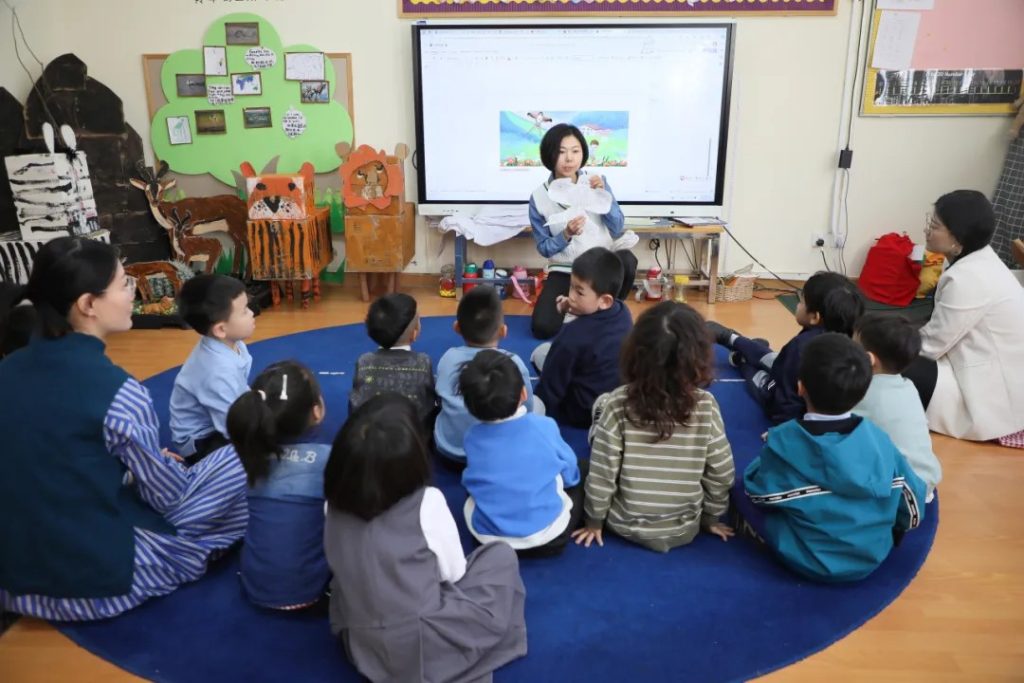
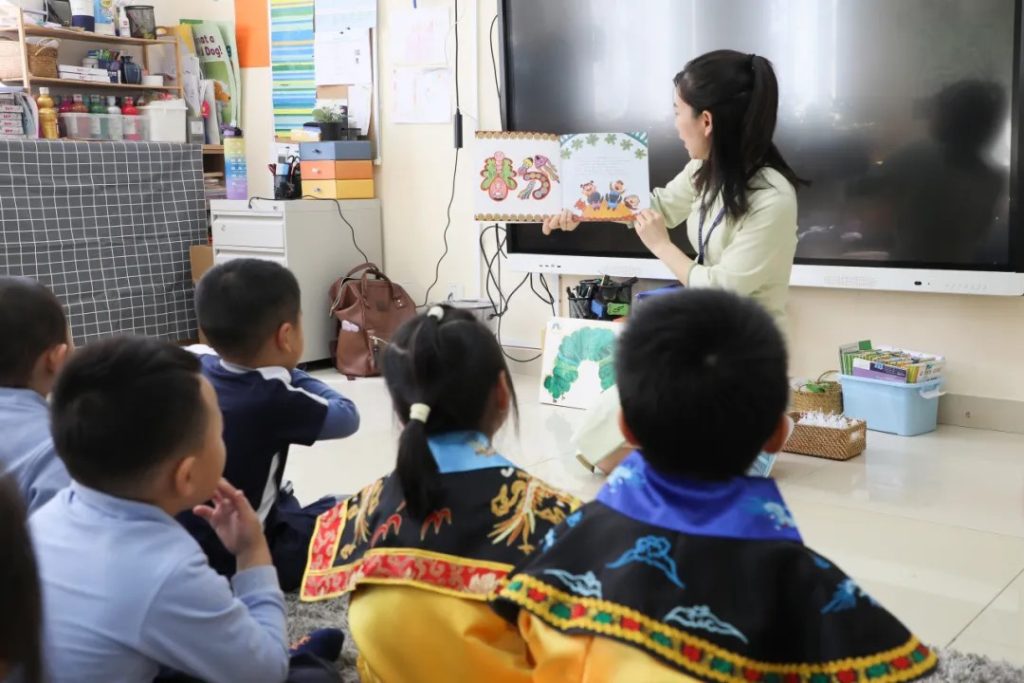
Planting Potatoes
Children have opened up a new planting area, with some responsible for transporting soil, others for turning the soil, some for making “fence” signs, and others for watering the soil, all working enthusiastically. After tidying up the planting area, they started planting potatoes. They learnt two methods for planting potatoes: burying the whole potato in the soil or cutting the potato into pieces, keeping the sprouts intact. Children tried both methods to see which one would make the potatoes sprout faster. Let’s take care of them together!
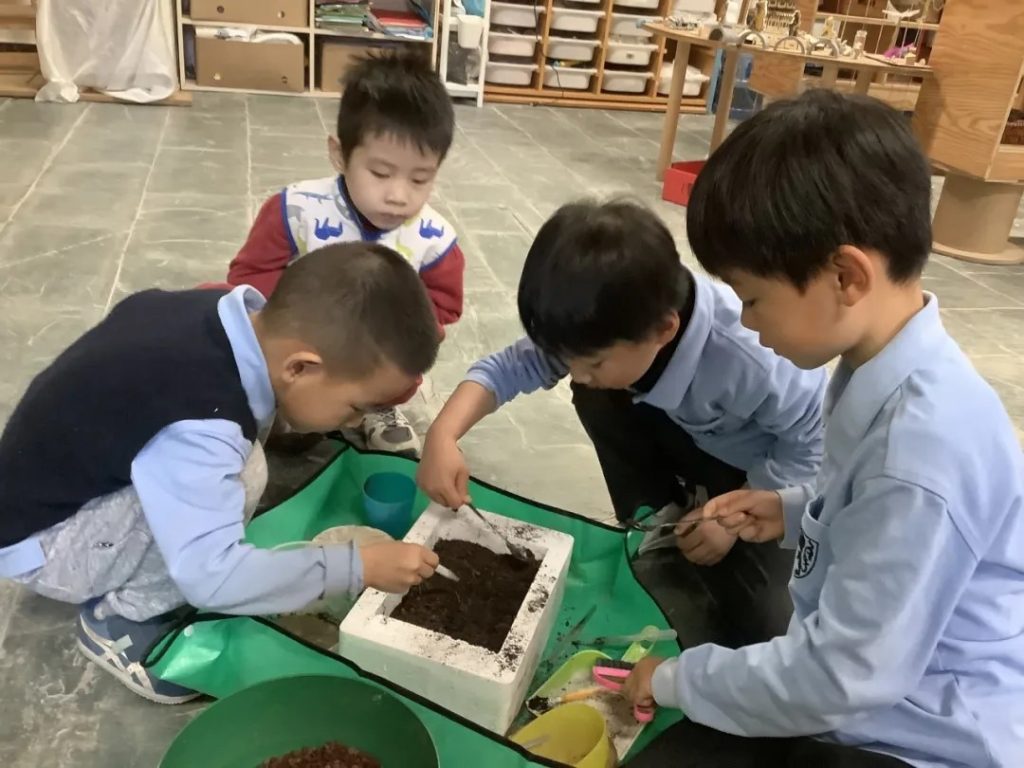
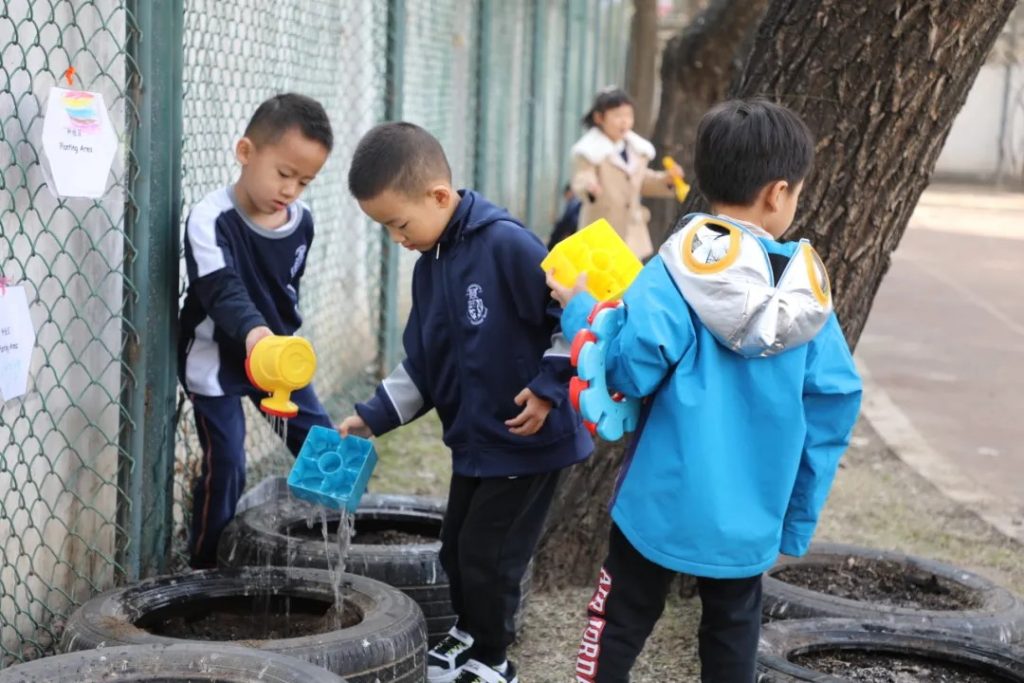
Arbor Day on March 12th
By touching the bark, smelling the scent of the trunk, and hugging the trees, children observe the shape, height, and thickness of the trees and carefully note the appearance of the trees before budding. They discussed why trees should be planted: beautifying the environment, purifying the air, resisting sandstorms, and enjoying the coolness under the shade. Children also made signs saying “It is everyone’s responsibility to protect trees.” The children in the small class observed the cross-section of the trunk and saw the concentric rings – annual rings. They imitated these patterns and painted dynamic and interesting “annual ring paintings.”
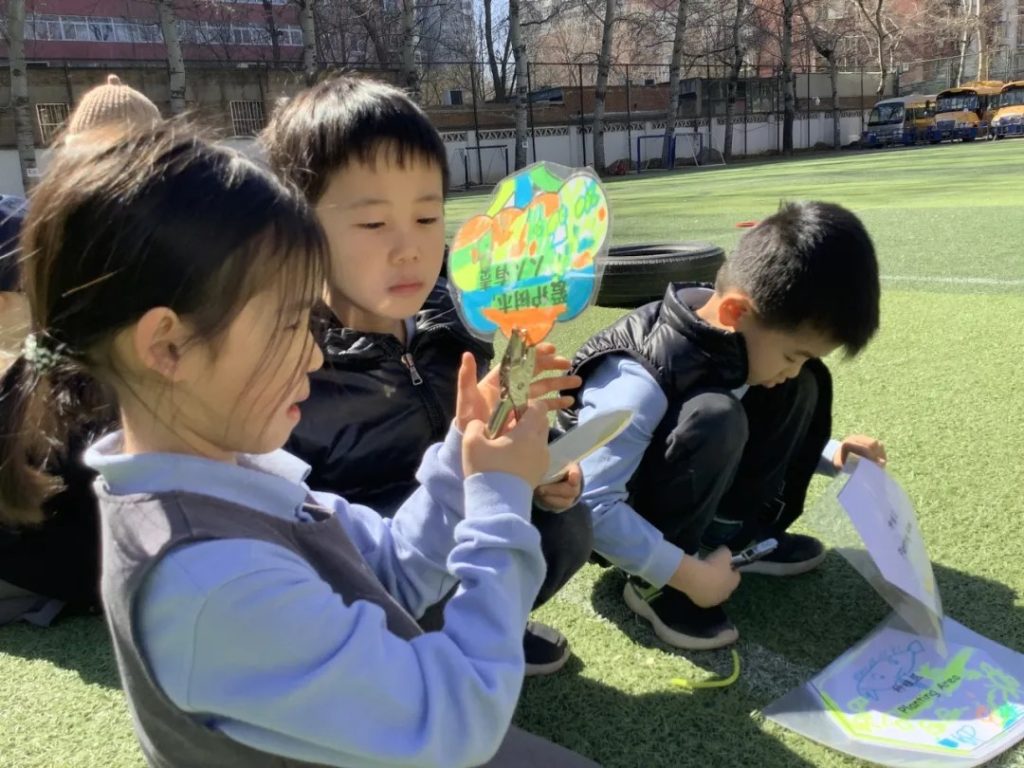
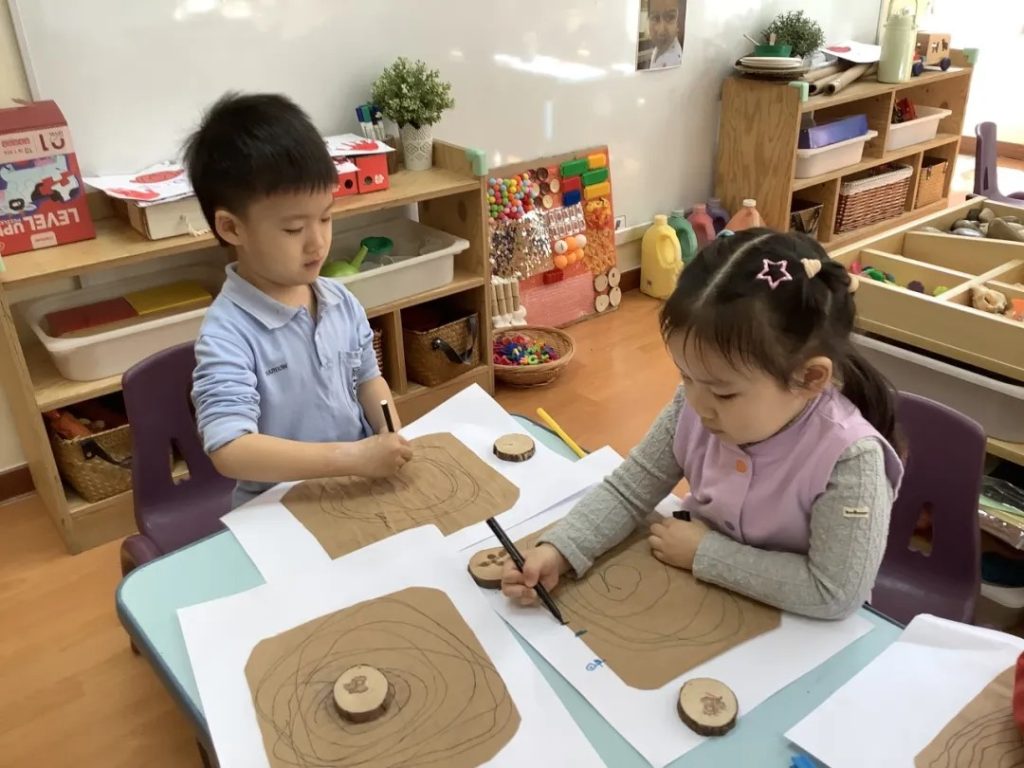
Dragon Raising on the Second Day of the Second Month
Look at the hairstyles designed by the hairdressers in the middle class for the dolls, aren’t they fashionable? Welcome everyone to make an appointment for the experience! Children in the small and large classes made dragons during music and art activities and experienced the fun of dragon dancing.
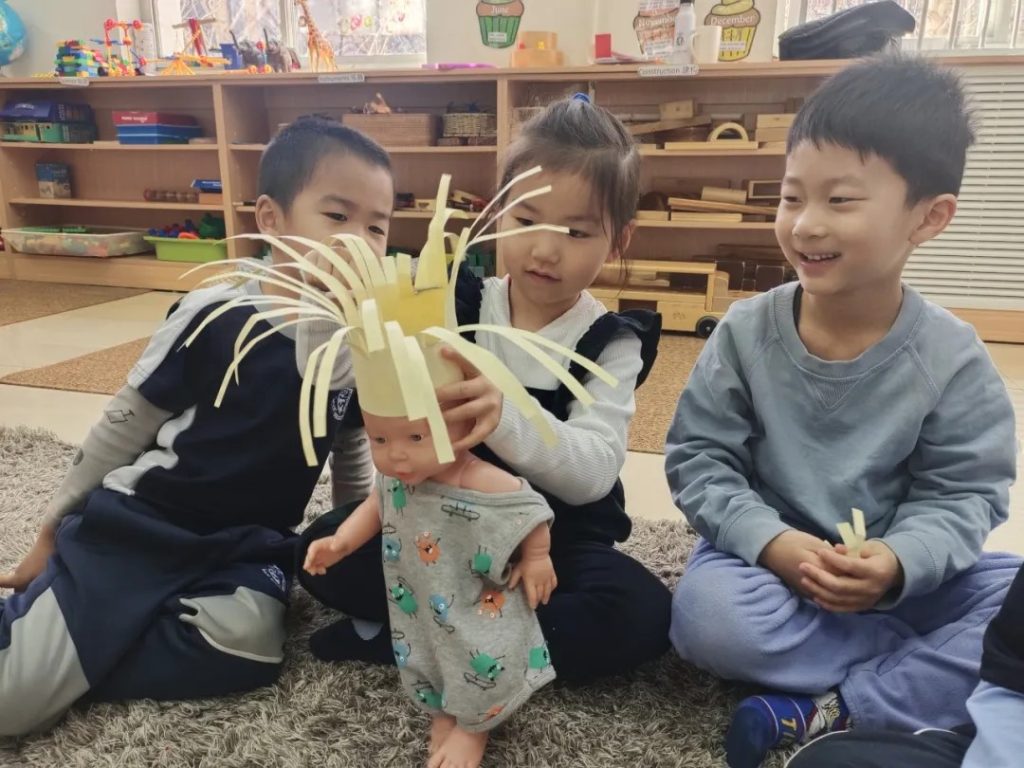
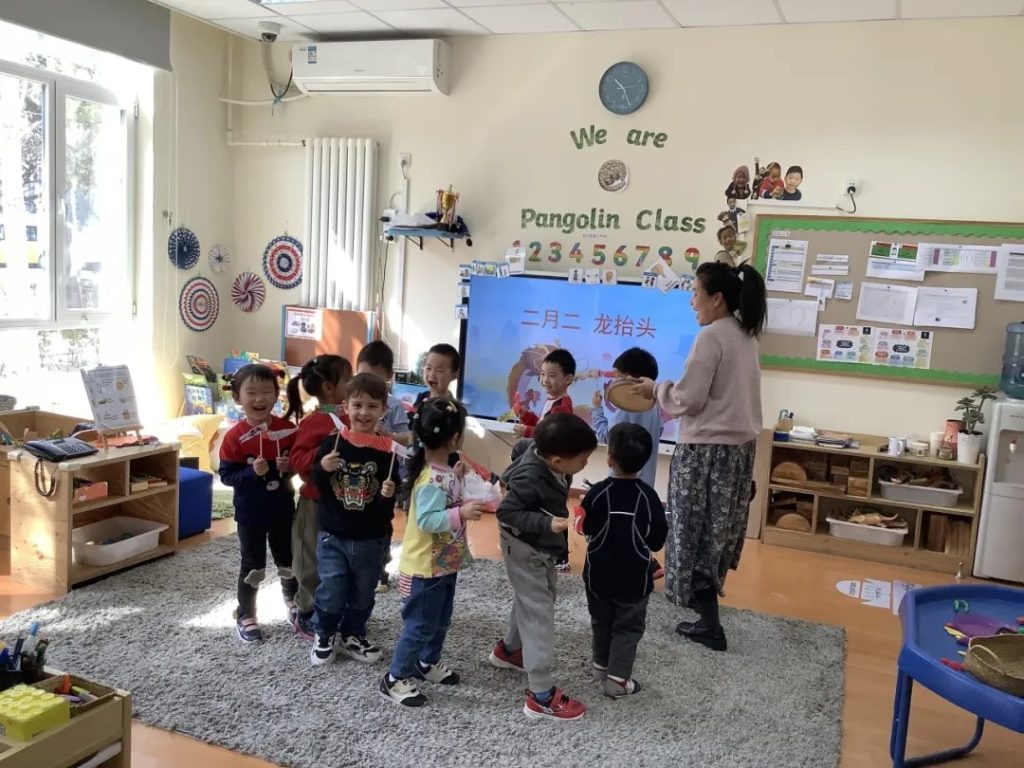
Expressive Arts
Traditional Kite-Beijing Sha Yan
Spring is the best time for flying kites in the colourful spring. The “Sand Martin” kite is
unique to Beijing. Listen to the music and slowly dye it. Let’s go fly kites together!
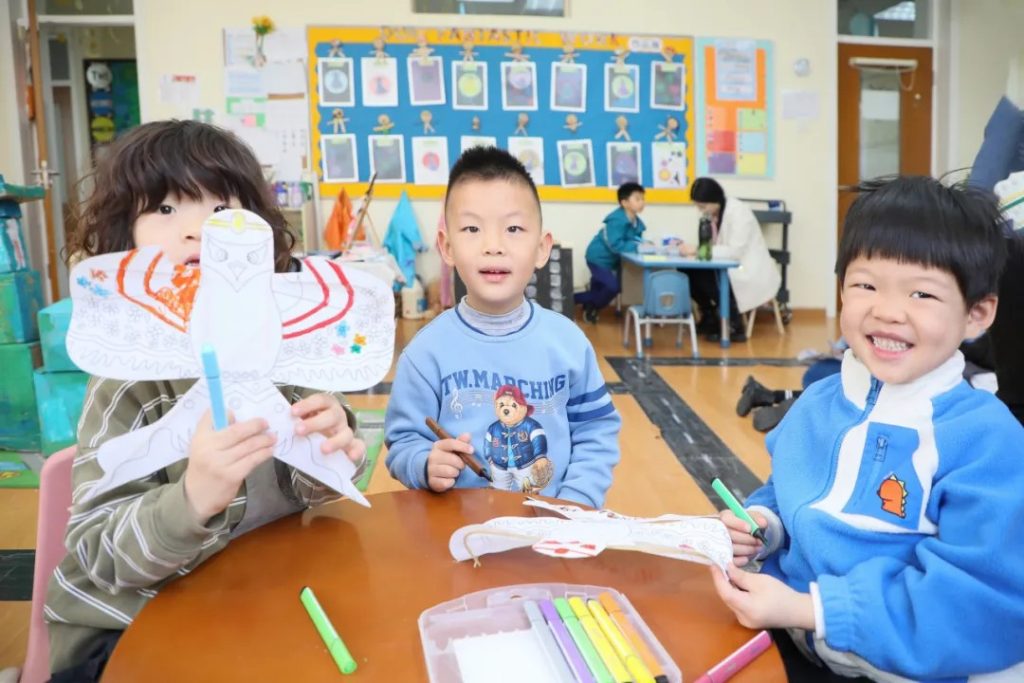
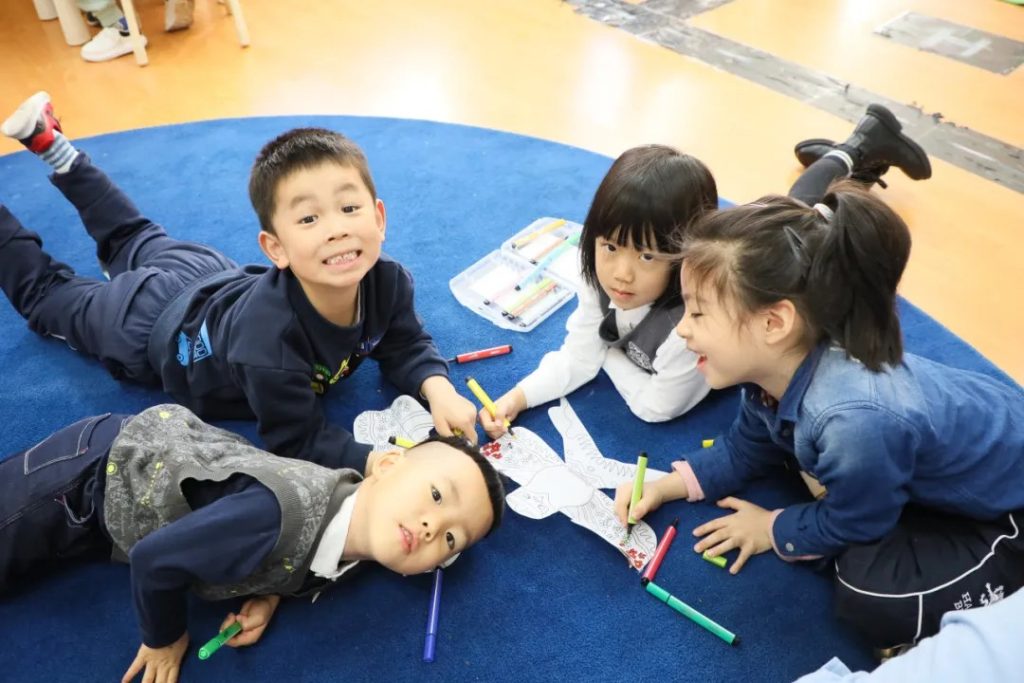
Cheongsam – Spring Colours
The colours of spring are colorful: light yellow, pink, coral pink, mint green, and purple. Children turned these colours into cheongsam bases and designed with spring elements to wear.
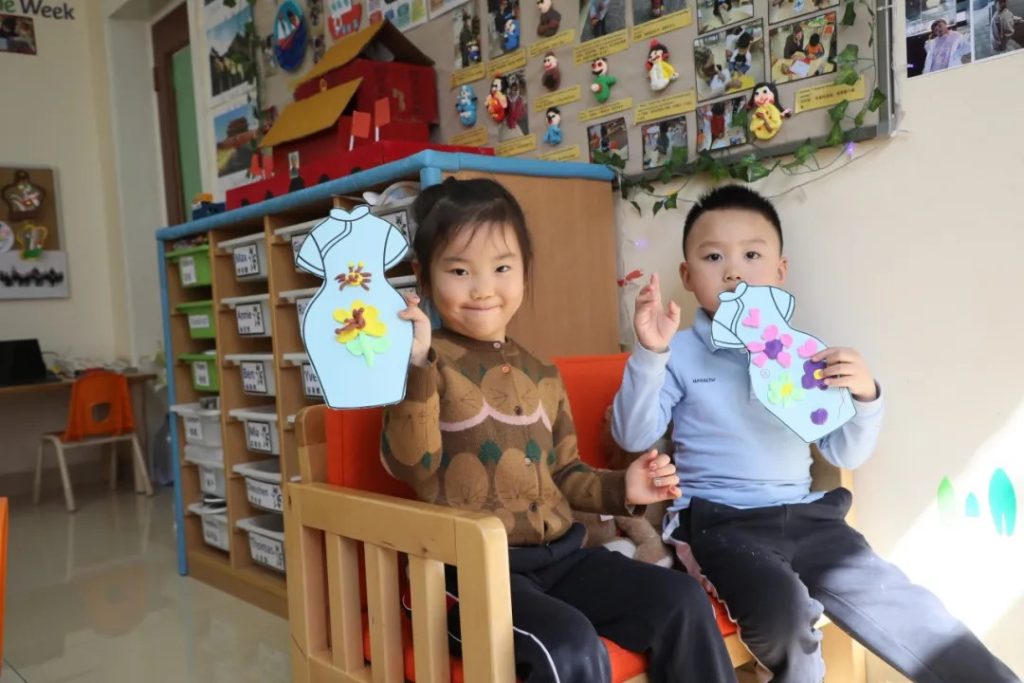
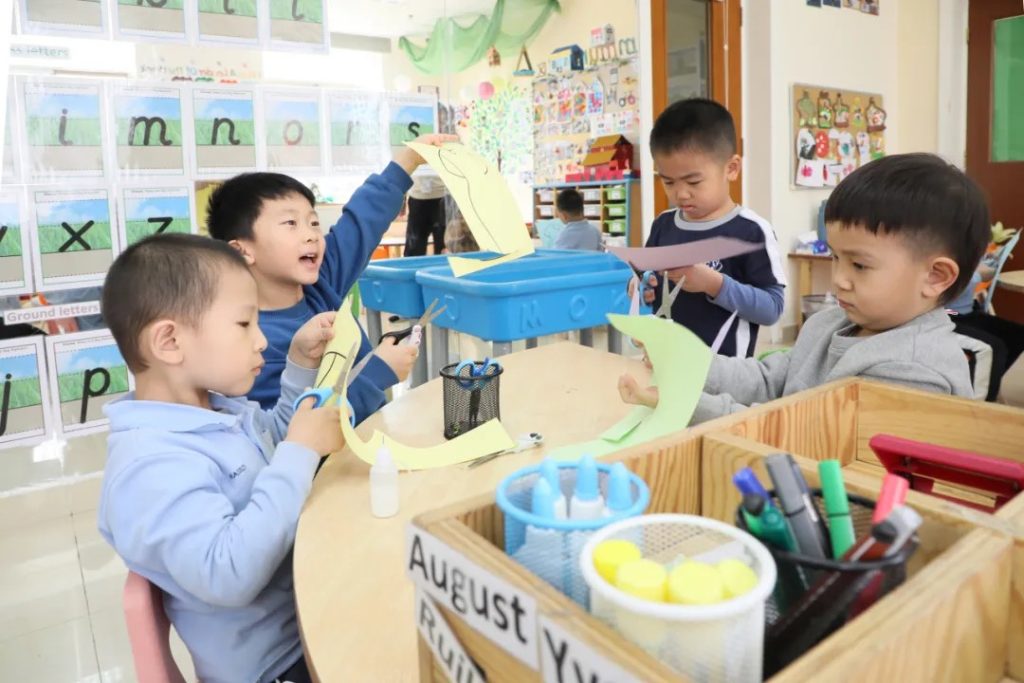
Spring Trees
The children learned about common trees such as pine, cypress, plane tree, willow, gingko, poplar, etc. They drew their own imagined trees and discussed with their peers the different shapes of leaves of these trees. Looking at these colorful trees, they symbolize spring in the eyes of the children.
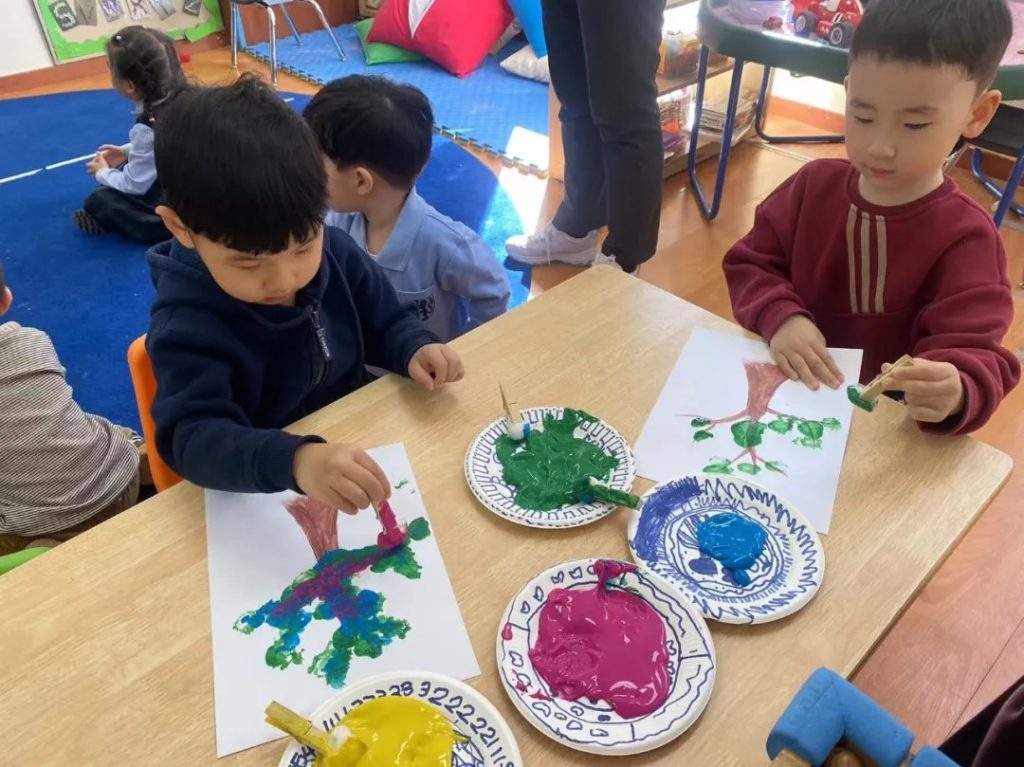
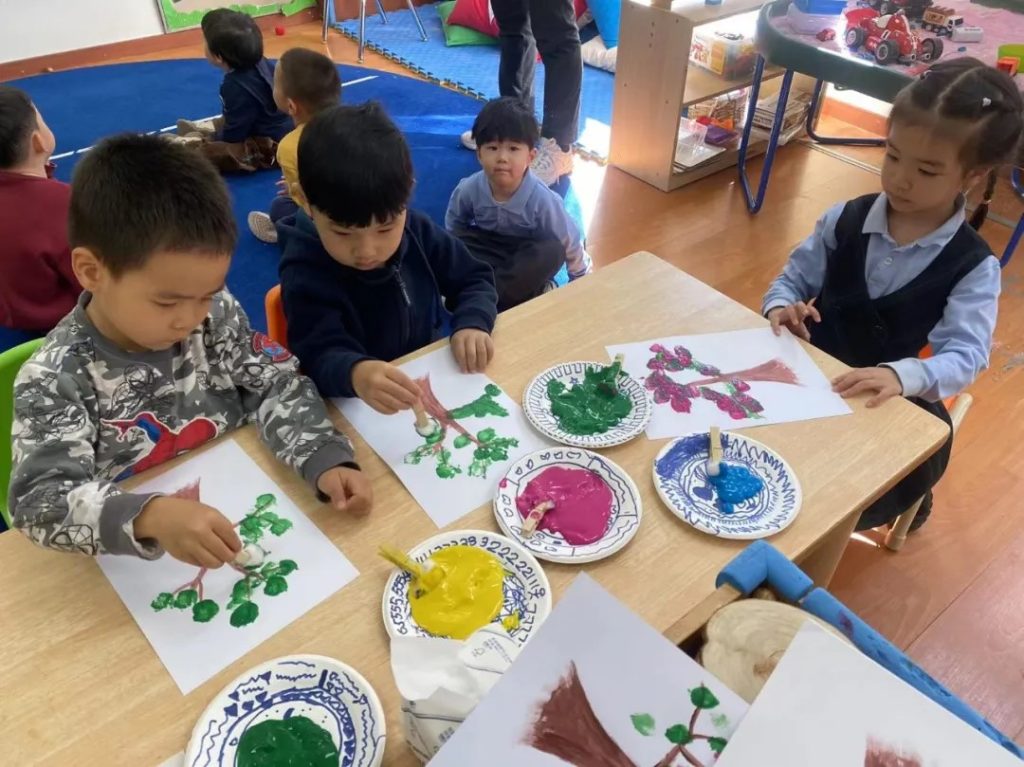
Blowing Colorful Bubbles
Children in the small class used bubbles todepict the beauty of spring. They stamped their cute handprints, preserving thejoy and laughter of the children and the beautiful spring scenery.
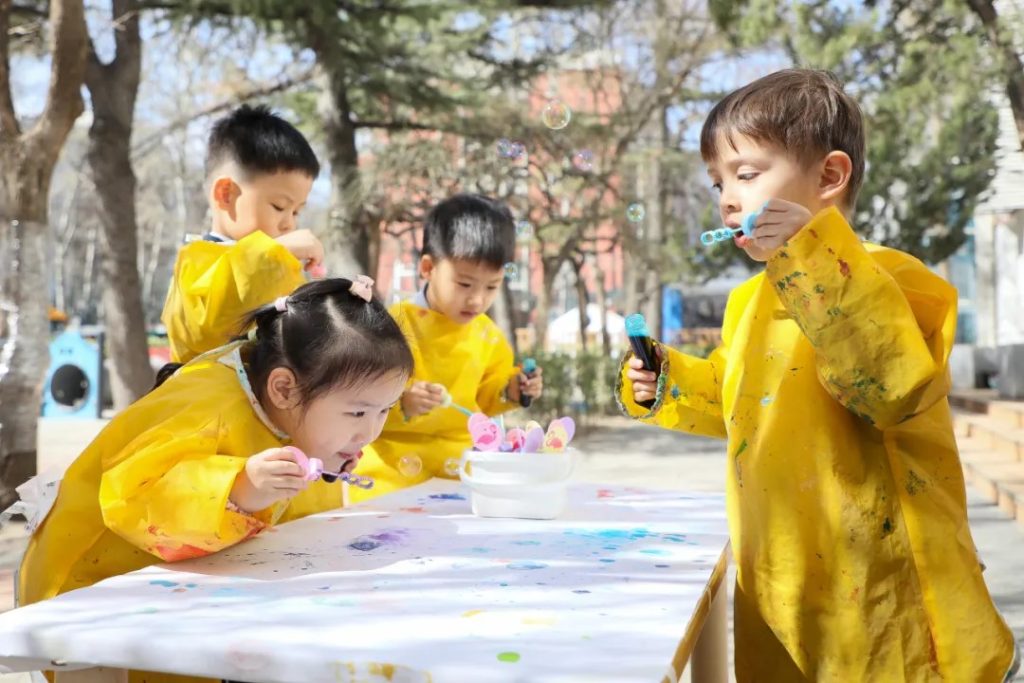
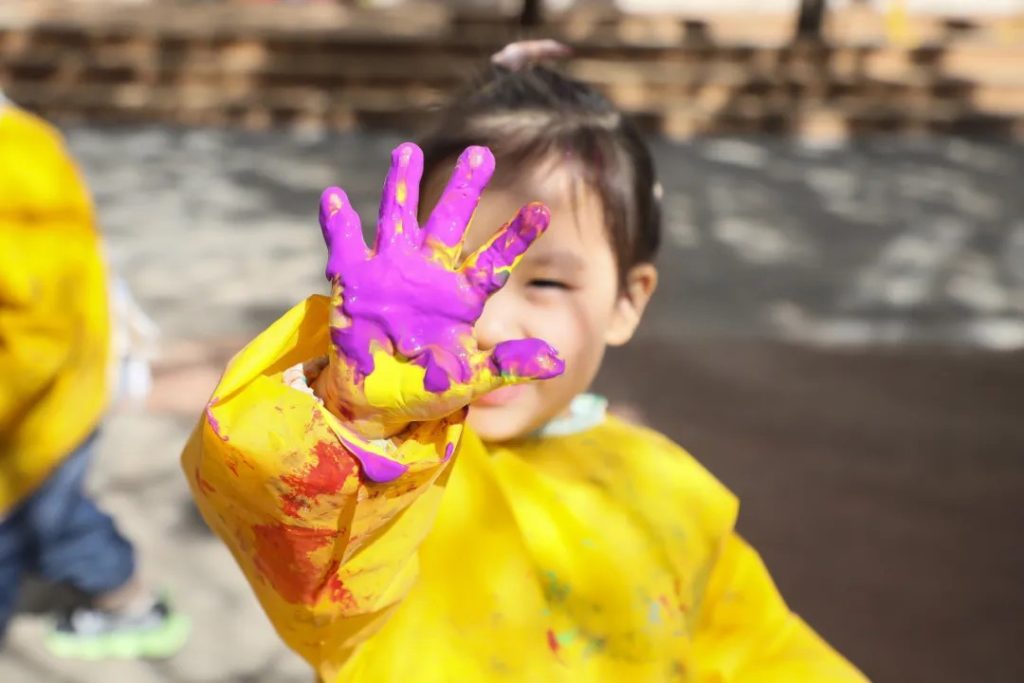
Spring Dance
The classroom is filled with laughter when the children are dancing. Children follow the rhythm of the music, playing and frolicking as if they were on a grassy field, displaying endless joy. This moment is not just about dancing but also about experiencing the beauty of spring in joy.
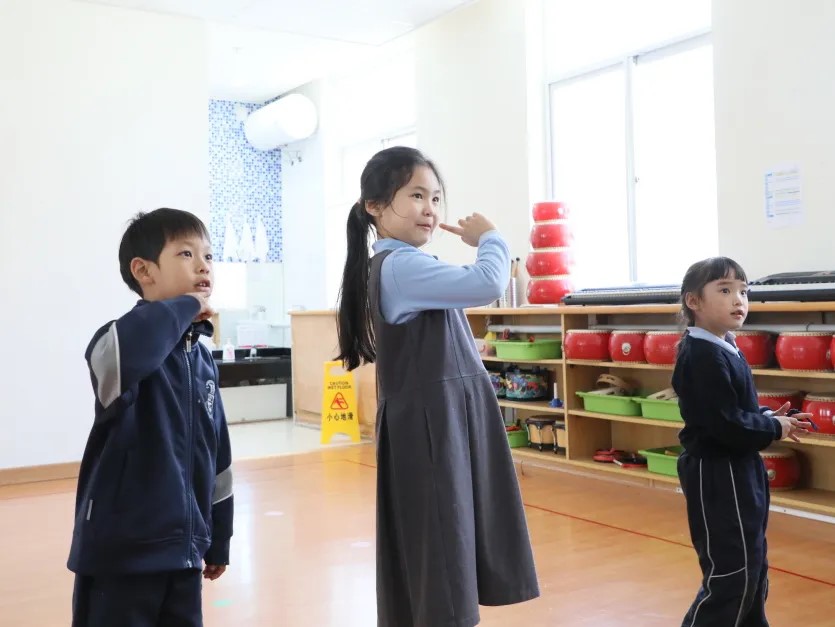
Fun Games
Tree Room
The mysterious tree house always brings surprises to children. In addition to the popular pottery and handicraft workshops, children also experienced spring by listening to the Guqin. The melodious and distant sound of the Guqin is like the breath of spring gently swaying in the air.
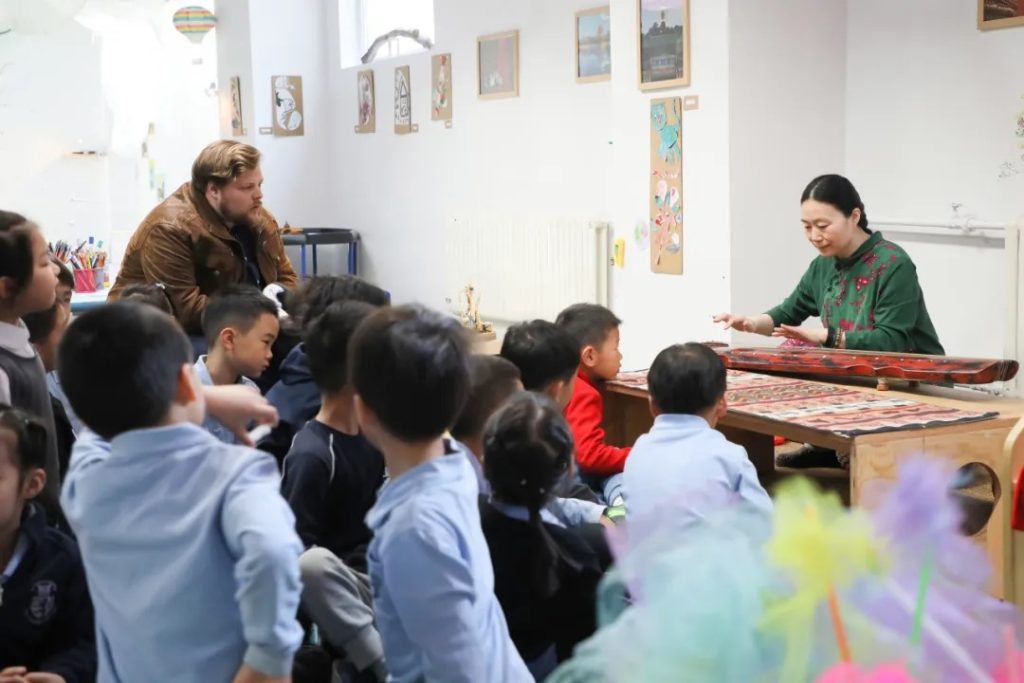
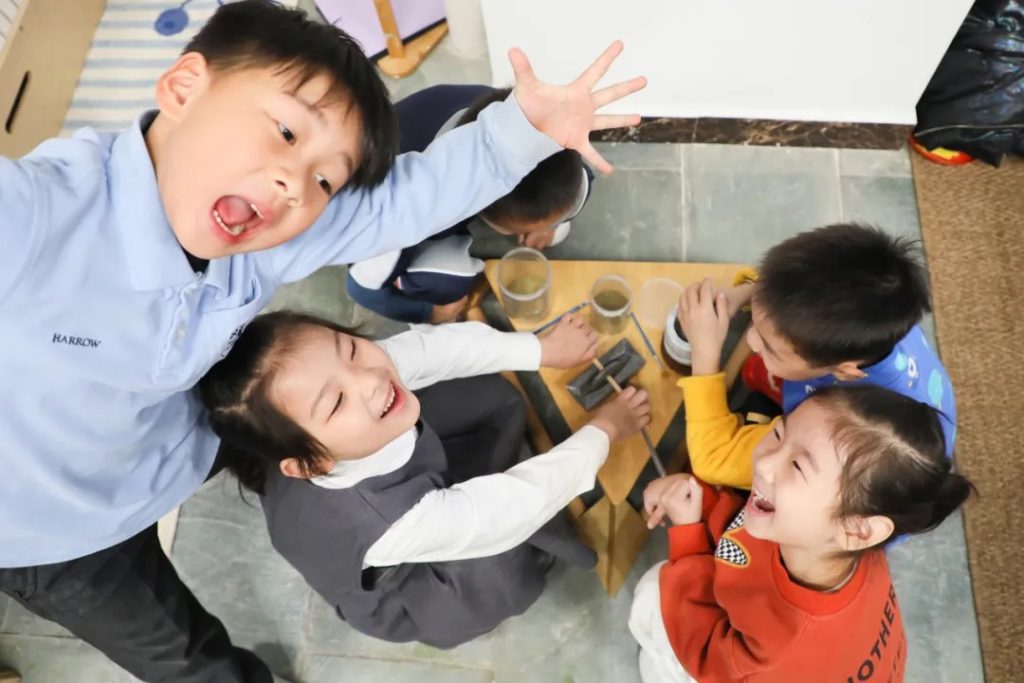
Windmills
Children made windmills with simple materials such as coloured paper and straws. Then, they took their windmills
outdoors. With the breeze blowing, the windmills slowly rotated in the spring sunshine. The laughter of the children
echoed in this simple and warm activity.
Happiness is so simple!
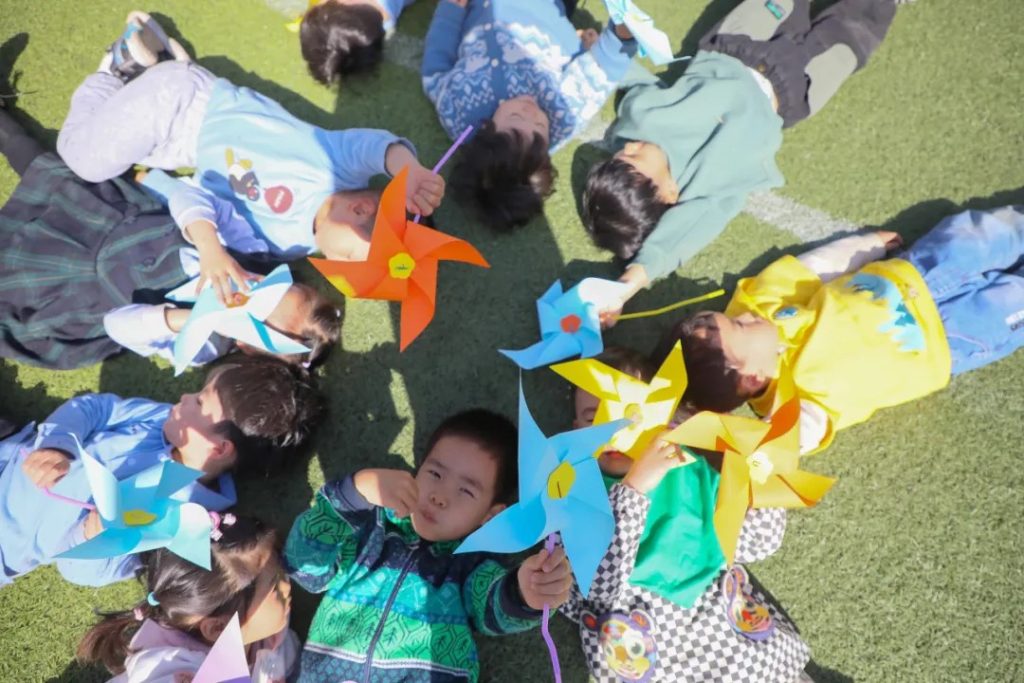
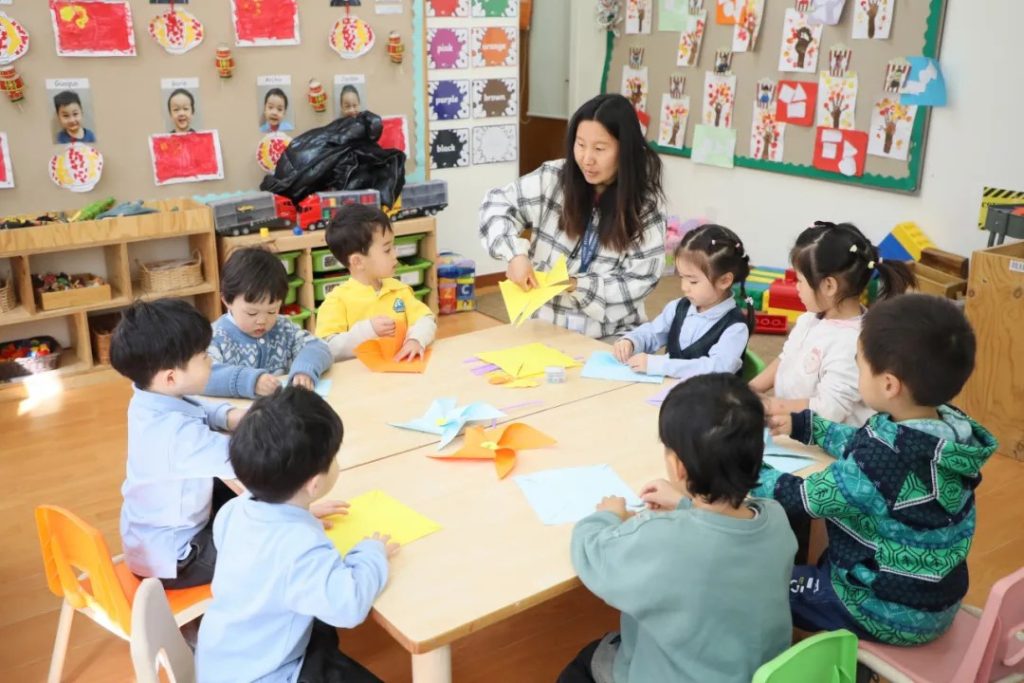
Capturing Spring Shadows
In the bright spring light, children used their wonderful “cameras” to capture the beautiful spring scenes on campus. They tried different angles and poses, capturing vivid and lovely scenes such as playing and frolicking children, blue sky, white clouds, and shining sun, as well as janitors who constantly maintain the campus environment and tall buildings, and trees that are sprouting new shoots.
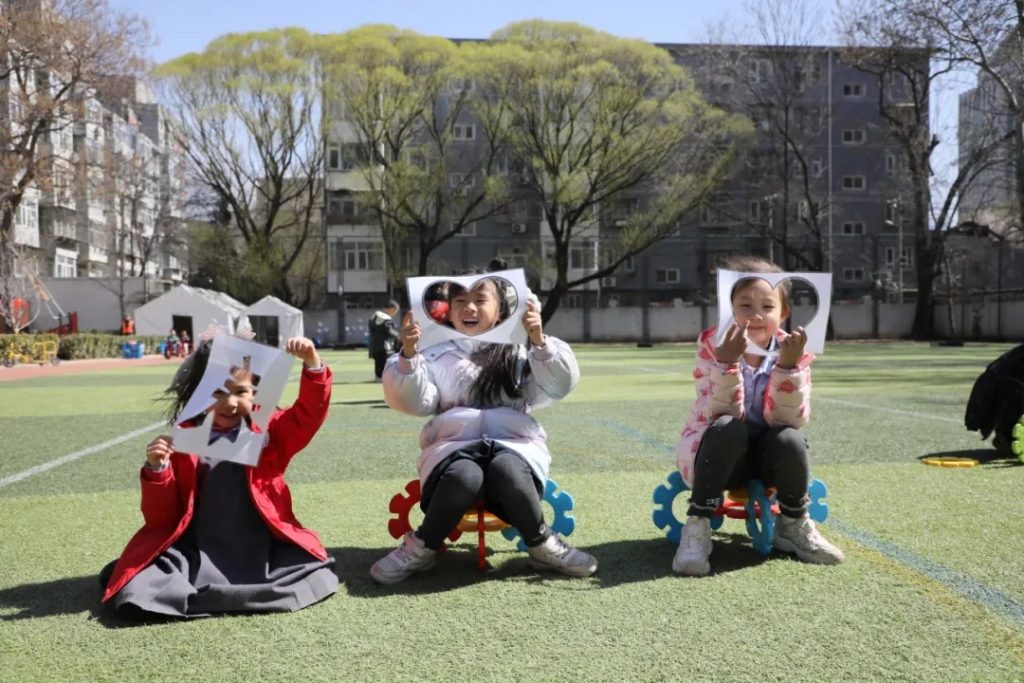

Fun with Eggs
Have you played with eggs by painting them, keeping them stand, or rolling them? After learning about the traditional custom of standing eggs, children carefully observed the unevenness of the eggshells and tried different tools and methods to stand the eggs. In the process of playing the rolling egg game, children felt the joy of teamwork, the pleasure of challenges, and the charm of traditional culture.
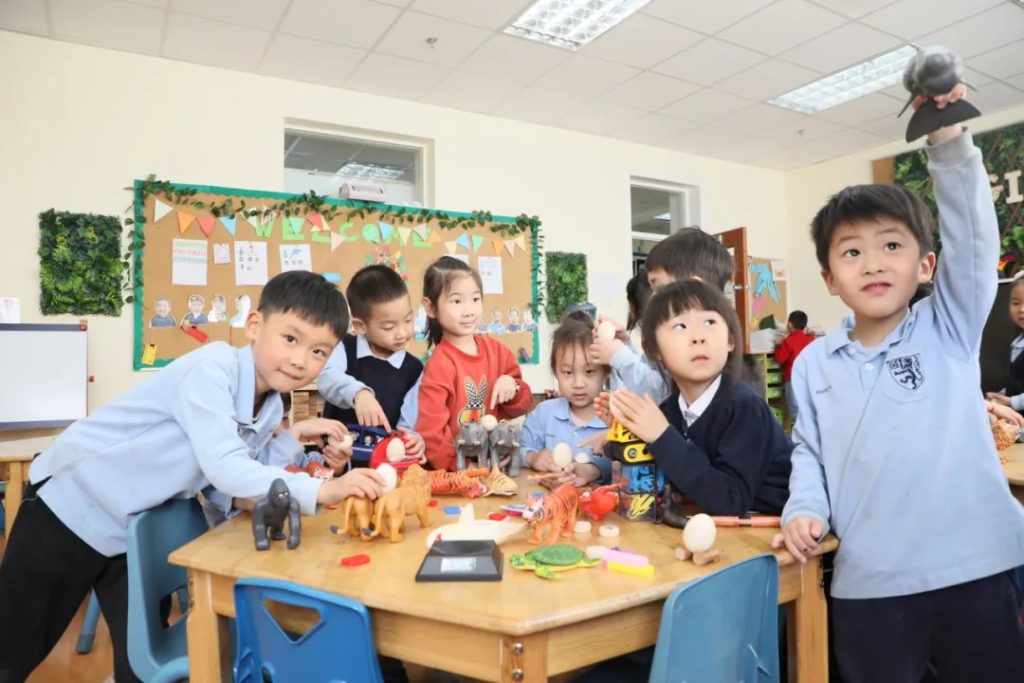
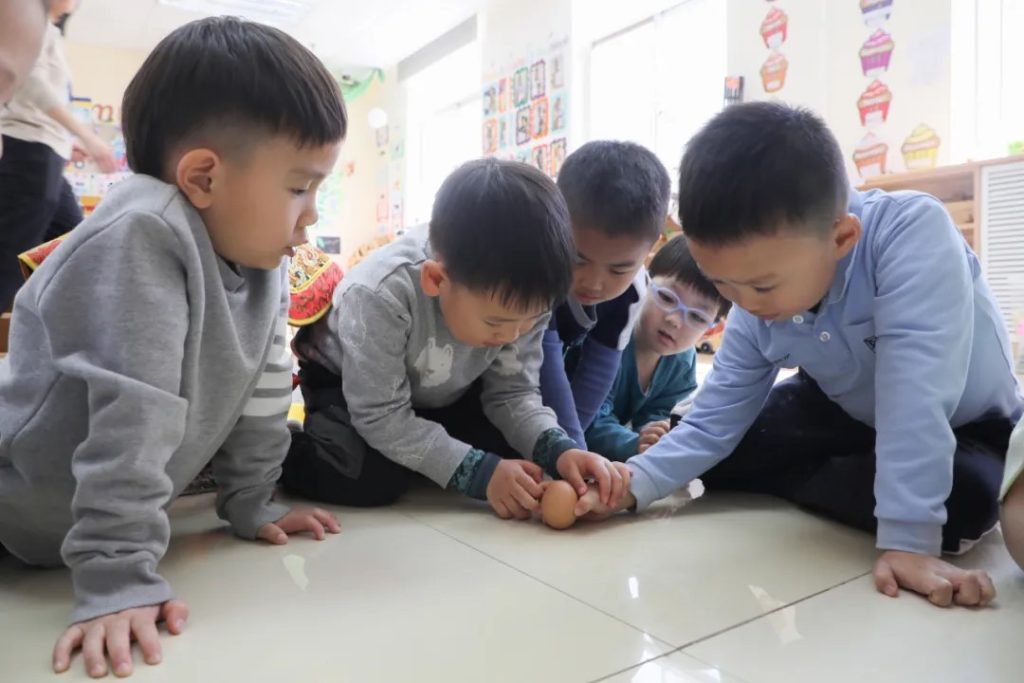
Tasting of Spring
Tea Culture
Children experienced the joy of brewing tea themselves, pouring their hearts into every step: brewing tea, pouring tea, and observing the tea leaves leisurely stretching in hot water.
The fragrance of jasmine tea filled the air, as if bringing the breath of spring. Children also shared delicious tea snacks—peach pastries and mung bean cakes, allowing them to enjoy a delicious journey of taste while sipping tea. This activity is not only an experience of tea culture but also a cognitive and sharing experience of daily life for children.
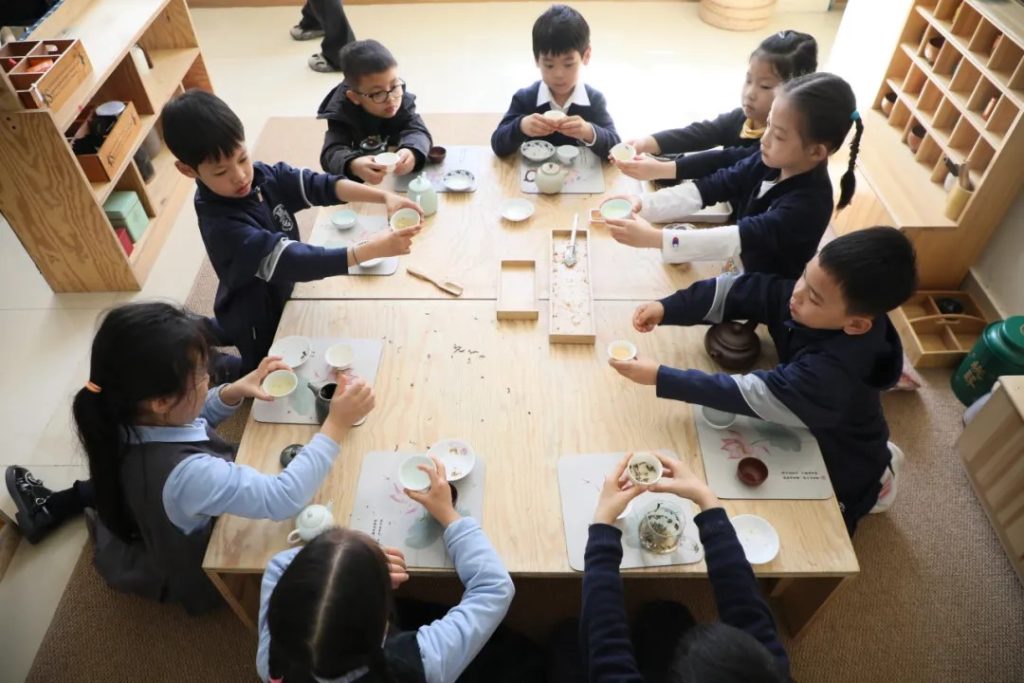
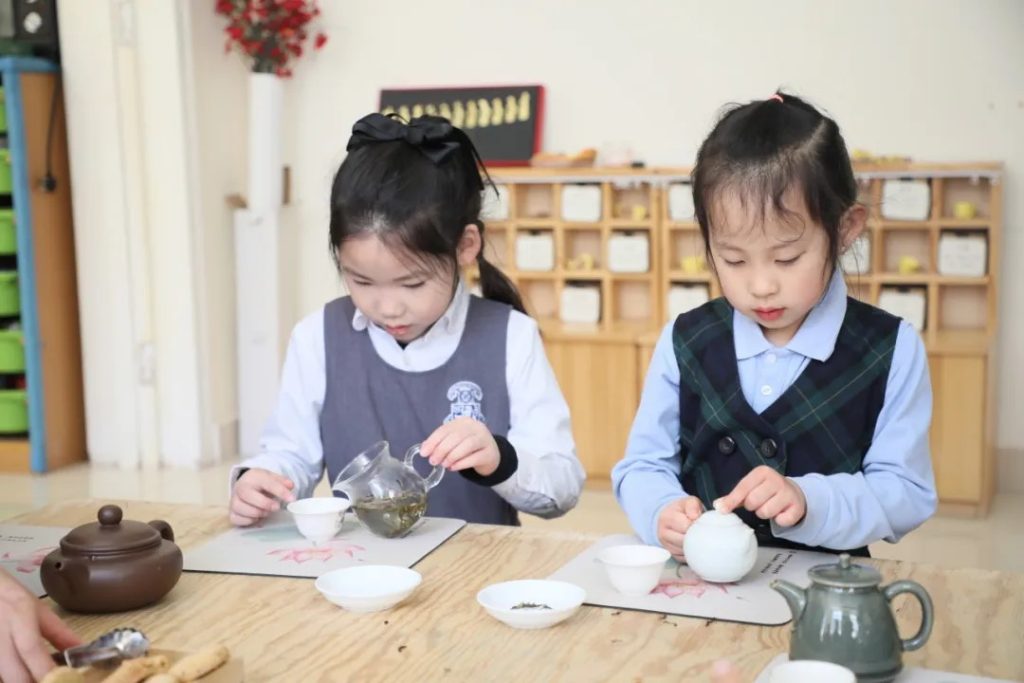
A spring trip in the children’s laughter to complete the combination of knowledge and hands. Topic curriculum is an integral part of the curriculum of Harrow Beijing anzhen campus, allowing children to experience the fun of multi-disciplinary interaction under one topic, and integrate the knowledge through different types of activities. Through the topic curriculum can cultivate children’s observation, imagination, creativity and problem-solving ability, can stimulate children’s curiosity and desire to explore at the same time to cultivate interdisciplinary comprehensive ability and innovative thinking.
Join us to meet with academic staff, visit our outstanding facilities, interact with current pupils and individual consultation with our admissions team.
